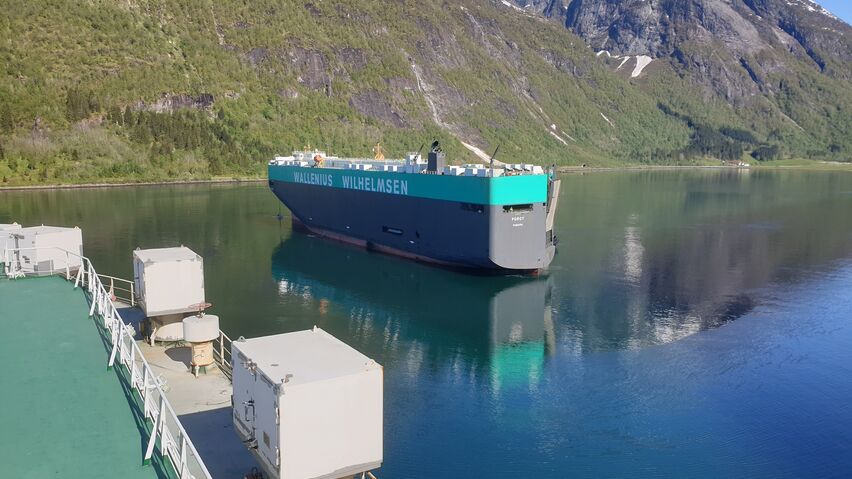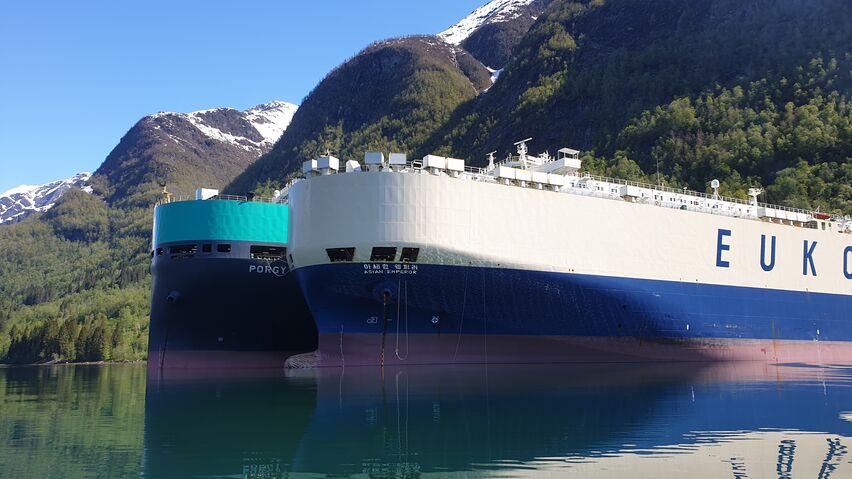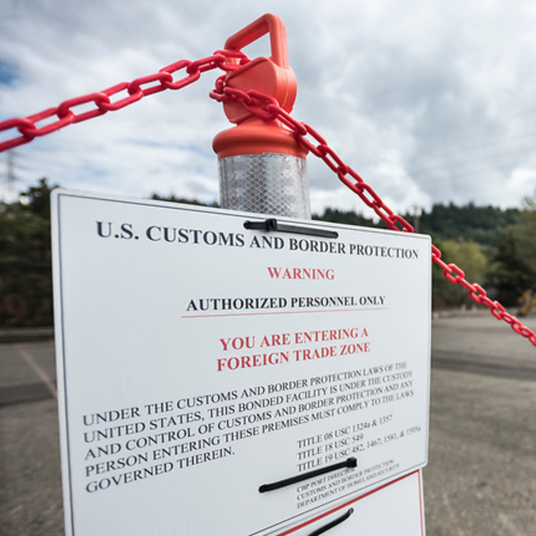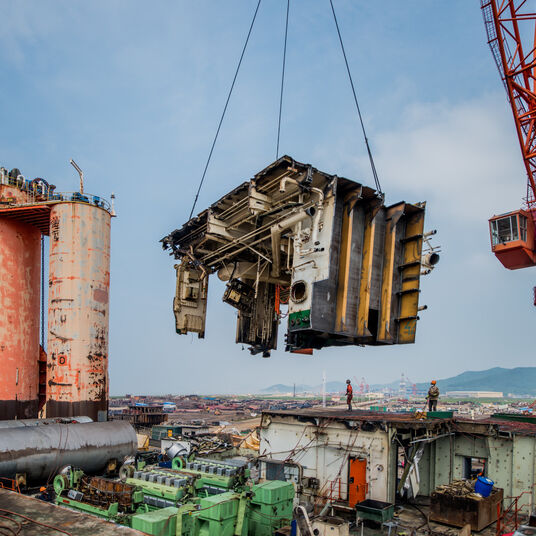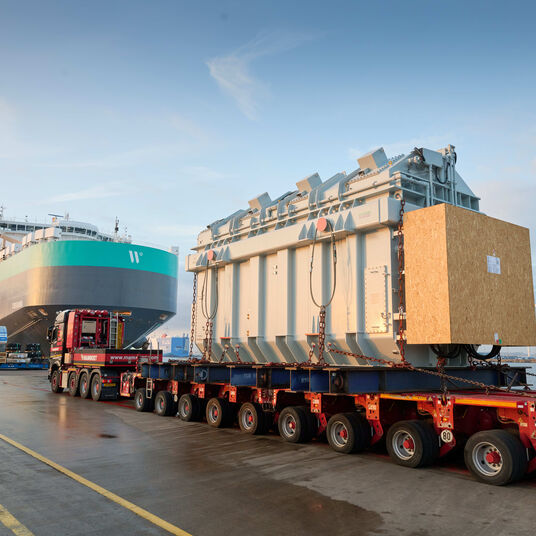Cold lay-ups: Understanding how we temporarily mothball ships
The Covid-19 crisis has impacted demand for cargo-carrying capacity globally, leading Wallenius Wilhelmsen to ‘cold lay-up’ – temporarily take out of service – some of its vessels. But what does the process involve, and what does it take to get these ships riding the waves once again?
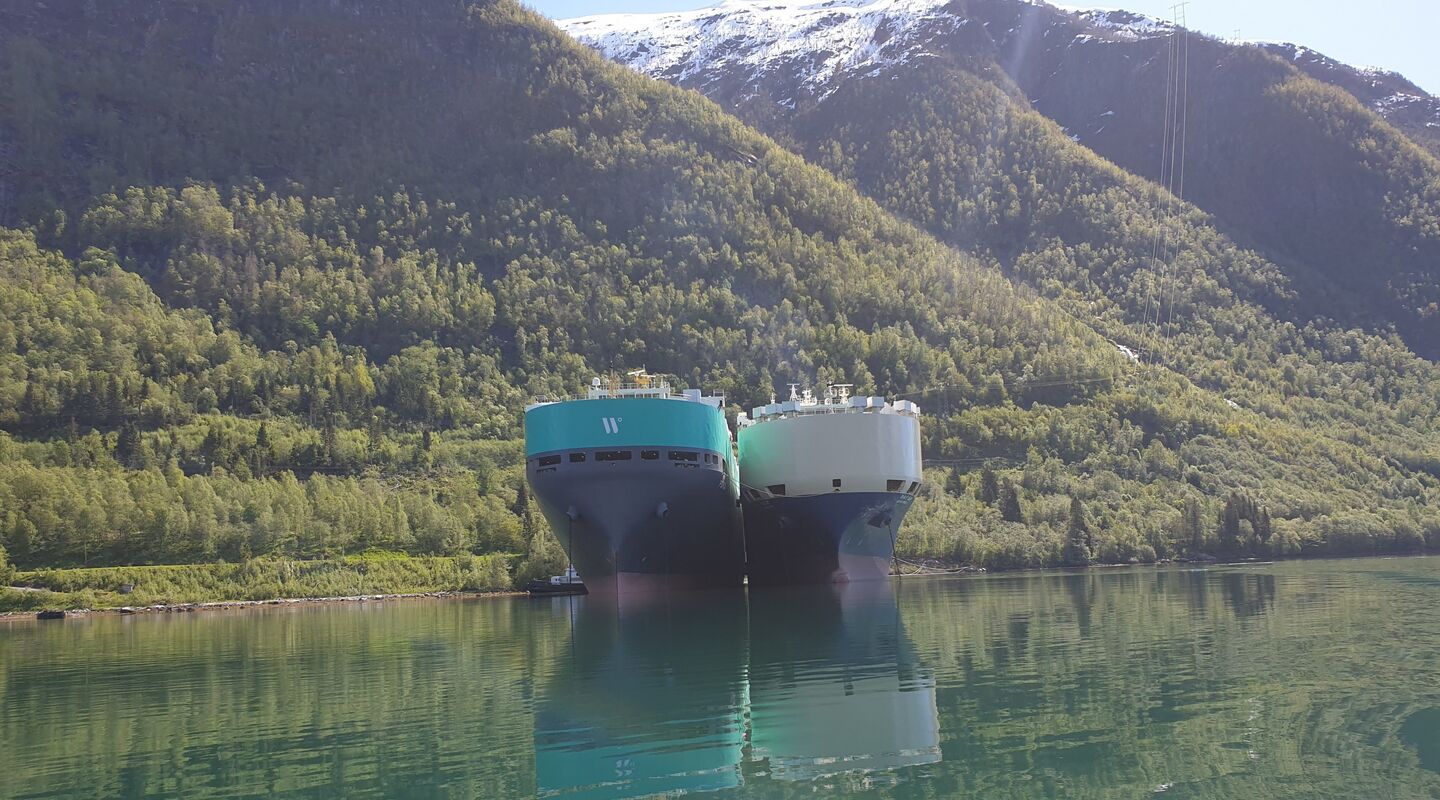
Overcapacity in Wallenius Wilhelmsen’s 123-vessel fleet is one of many effects the Covid-19 crisis has had on the supply chain. As a response to the drop in demand, we’ve taken steps to reduce our cargo-carrying capabilities, including recycling of four ships and redelivery of seven chartered vessels to tonnage providers.
One other option to make the fleet smaller is to ‘cold lay-up’ a ship – or temporarily take it out of service until demand picks up. Captain Filip Svensson, marine operations management, Wallenius Wilhelmsen, explains how we do it.
What implications has the Covid-19 situation had for our fleet?
Shipping volumes are lower due to factory closures and bottlenecks in the supply chain. Because we are carrying fewer products, we have some vessels that are not required right now, but we want to be able to bring them back into operation when the time is right. We’re putting these vessels into cold lay-up – effectively mothballing them in a secure environment until they are needed again.
How many ships have been cold laid-up?
Ten Wallenius Wilhelmsen vessels have been cold laid-up: seven in Norway and three in Malaysia. We are evaluating whether an additional 10 vessels could be laid-up.
What happens to a vessel that is in cold lay-up?
The vessel is at anchor in a secure harbour with no crew onboard, which reduces manning costs. The community at the harbour, which often includes ex-seafarers, looks after the vessel, performing regular inspection and maintenance, making sure rotating equipment is functioning, and that mooring lines and anchors are OK. It’s a bit like having a car you don’t use – you don’t want it to go two years without the engine being started.
For these communities, a vessel arriving for cold lay-up is welcome economically. It provides employment for local people and for us, it means the vessel is watched over 24-7.
Why have you chosen the locations you have for the cold lay-ups?
One crucial factor is that they are not prone to bad weather. In Norway, the fjords where we are laying up vessels are protected by mountains and far from storms, and in Malaysia, we have chosen areas where we know there are unlikely to be typhoons. Bad weather could potentially mean the vessel dragging her anchor or losing mooring lines.
We’ve also chosen locations where we know trade will pick up again once things get back to normal. Southeast Asia and Europe are our preferred locations because we are sure cargo will start up on these routes again, from Asia to Europe and from Europe to Asia.
Are there any other restrictions when it comes to cold laying-up vessels?
It can be difficult to secure space; getting ships into cold lay-up tends to work on a first come, first served basis. Some countries will prioritise their own ships.
How long does it take to get a vessel up and running again?
It takes three to four weeks to restart a vessel that is in cold laid-up. The ship needs to be prepared for people to live onboard it again, so you have to begin by procuring stores for the crew such as food and fresh water. The freezers, cold rooms and lighting have to be started up.
Then we start up the equipment on the bridge, in the engine room and cargo hold. The exact steps vary depending on the vessel type and how long it has been out of action.
When was the last time Wallenius Wilhelmsen cold laid-up vessels?
Twelve years ago, during the financial crisis. The maritime industry is cyclical; business comes and goes. But this is the first time that all segments of our industry have been hit at the same time.
How do you see the current state of play?
We’re still experiencing issues due to the closure of borders. Manufacturing is a global industry and our customers’ supply chains have been disrupted. Things are improving day-by-day, however, and we would hope to be able to bring the vessels back into service in the near future.
